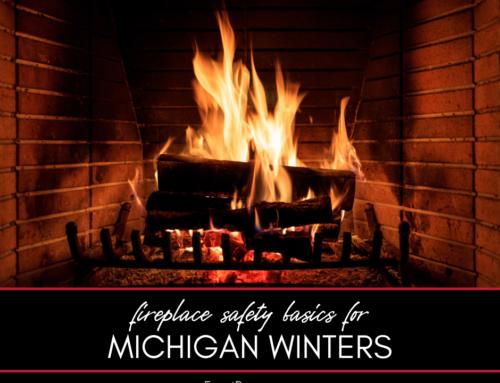As cool fall weather ushers out the heat, the prospect of a warm shelter for fall and winter, as well as a source of food and water, will likely usher bugs into your home.
To help fend-off these interior space invaders you’ve got to be sure to seal any gaps and cracks around the exterior of your home. It’s also very important that you eliminate sources of excess moisture that are typically found in basements, bathrooms, kitchens, and attics.
Equally important is that you remove potential sources of food for insects by not leaving food out, storing countertop food items in airtight containers, and thoroughly sealing your garbage. Despite these proactive measures, some bugs will still find a way into your home. Beware of these two repeat offenders.
Crickets
Ah, there’s nothing quite like the rhythmic, high-pitched chirp of crickets inside of your home. They sound so close, yet it seems you can never quite pinpoint exactly where they’re hiding.
Not only do crickets entertain their hosts with a seemingly incessant serenade, they provide free garment tailoring by munching on your clothes. Species like the greenhouse camel seek out warm, moist, dark spaces to reproduce, and it doesn’t take long for them to populate your basement and ground floors.
If you want to catch crickets that have taken up residence in your home, consider setting non-toxic traps.
Box-Elder Bugs
These insects inhabit maple, ash, and box elder trees, hence their name. They’re black or dark brown in appearance and are outlined with a reddish-orange color. Similar to stink bugs they emit an off-putting odor when they’re disturbed. Although box-elder bugs nest in trees they seek out warmth in the winter, and your home is prime real estate.
Box elder may appear in large numbers outside of your home, so to keep them out entomologists suggest spraying your home’s exterior with a residual insecticide, which is a pesticide that stays on a surface for a period of time and kills bugs that come in contact with it. Spray in the fall and in early spring, which are the most active periods for box elder.










